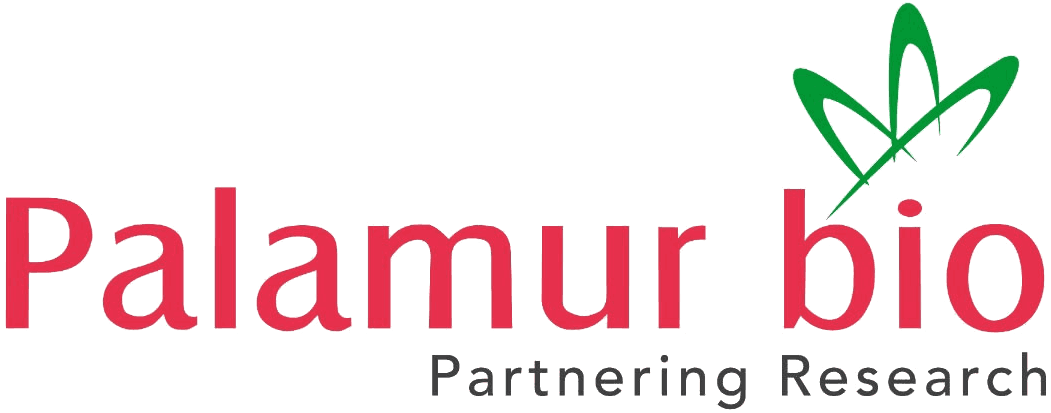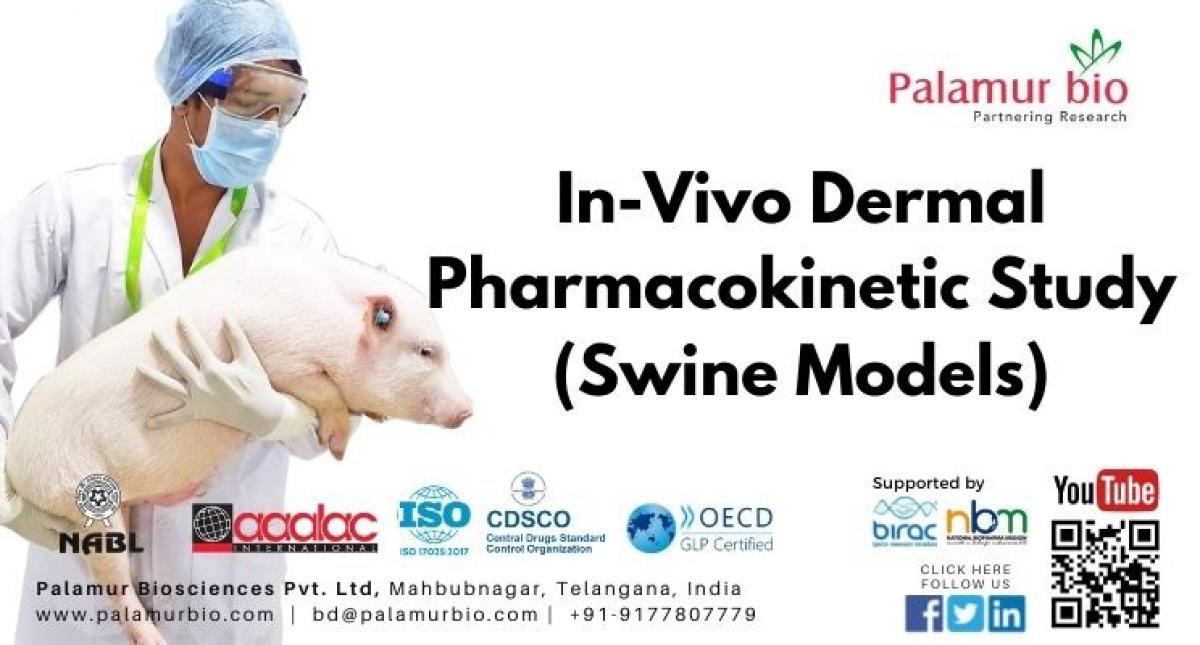
Palatability can be defined as the measure of intake of feed or treat based on quality or preferences. In the ever-growing industry of pet food, innovative and new products are being developed which hurdles the competition in the market for other products. Eventually, the success or the failure of a particular product depends on the likelihood of the animals having that feed with great fondness. This is where the palatability test comes into the play.
The Palatability test can be classified into two types: “Monadic or Single Bowl Acceptance Test” and “Two Bowl or Forced Choice Preference Test”.
In the Single Bowl Test, the feed or treat will be offered post quantification and kept for a stipulated period of time, after which it will be withdrawn and measured to quantify the left-over amounts of feed or treat.
The experiment can be done by offering the feed or treat once in a time or multiple times in a day. During the Palatability study of a new feed or treat, the old feed or treat will be switched to a new feed or treat and the pervious steps will be repeated in the following period. By doing this, the amount of intake can be determined and can be compared by animal to animal.
In the Two-Bowl Test, the animals will be allowed to sniff different feed or treat first and then they will be presented with the two bowls simultaneously. In this scenario, the animal gets a choice to implement its preference.
The feed bowls will be withdrawn after definite time for example 2-30 minutes or till one of the bowls will be empty. The first bowl to which they will be attempting to eat from, will be considered as their preference as per the aroma of the feed or treat. According to the taste of the feed or treat, there can be four possibilities, food 1 preferred over food 2 and vice versa, neither preferred food 1 nor 2 and eating portions from both the bowl. By repeating the experiment for a number of times or taking large number of animals in the experiment can clarify the results further. While performing the experiment, scientist should be taking care of the errors in the interpretation due to side biasness of the animals. To overcome this error, the position of the bowl should be interchanged every time while offering.
The results obtained from first approach test can be determined by Chi-square analysis.
For the palatability testing of Veterinary Medical Products (VMP), EMA/CVMP/EMP/206024/2011-Rev. 1 guideline can be followed.
There are certain situations when palatability tests for VMPs are required. For example, in case of new VMPs, changes in existing VMPs or for the generic VMPs, the palatability testing is a prerequisite. For the products which will be provided daily for more than 14 days, seven daily consecutive administration can be monitored. However, for the products of larger intervals of once or twice monthly, the palatability test should be performed for at least two administration per animal. There should be absolute absence of any link with the feed during the VMP testing to avoid any feed linked biasness.
For assessing the acceptance of the test product, following order of event should be followed.
First, the test product will be offered in the bowl for one minute. If the animal is not consuming, then the test product will be offered by hand for additional one minute so that the total duration of the offering time will be of two minutes.
Here, voluntary consumption of the whole test will be concluded as acceptance and non-acceptance will be concluded if the animal delays to eat the product, if the animal uptake partially, if the animal spits the products the products or if the animals refuse to eat it at all.
Subsequent to the experiment, primary end point can be determined which is the overall voluntary acceptance rate calculated for entire period. It is based on successful administration within the defined time and it can be calculated as- (Total number of successful administrations/Total number of administrations)* 100 %
For determining secondary end point which is calculated for each animal for the entire period, the following formula can be used, (Number of successful administrations/Total number of administrations) * 100%
For a palatability claim to be granted, the overall voluntary acceptance rates should reach at least the threshold of 80% in dogs and 70% in all other species.
For more details, please contact us at bd@palamurbio.com or Whatsapp/Call to +91-9177807779




